I share my books reading backlog for 2020.
Criteria #1. Be creative – make the future
This year I get around to build my author blog and personal web site. Foremost, it is my communication channel with you, my followers, partners, clients. I want to share with you my professional background and job-related experience, facilitate your ideas, and strategic business plans around digital transformation with the help of information technologies (IT).
The year 2020 will stick in our memories. It is the year of innovations and frustrations, the rises and falls, struggle for survival and new opportunities.
To survive, or adapt, or lead – will be defined mostly by your capital. One of the functions of the capital is the ability to create new products and services. On a personal note, it means make nothing of self-investing. Self-development, new knowledge, new technologies, new practices – all of these things are vitally important for accumulating our capital. Our capital – is intellectual capital.
Aforesaid serves as criteria #1 in determining my Book Bag for 2020.
Criteria #2. Be an impeccable presenter
“THE PEOPLE WHO ARE CRAZY ENOUGH TO THINK THEY CAN CHANGE THE WORLD ARE THE ONES WHO DO.”
With these words, Apple Inc., and its leader, Steve Jobs, catalyzed a movement. Whenever Jobs took the stage to talk about new Apple products, the whole world seemed to stop and listen. That’s because Jobs was offering a vision of the future. He wanted you to feel what the world might someday be like and trust him to take you there.
We, IT architects, design future products for the business. We tend to ace these products – therein lines the craft of “architecture.” We know first what this product will look like. What’s not to like?
How often do you persuade “some” stakeholders (usually uncompromising and arrogant) from those that decisions that are total crap from the IT architecture perspective?
We, architects, need not only to design IT solutions for business but to present this architecture to different groups of stakeholders as well. Herewith each stakeholder requires a different architecture viewpoint. For this reason, an architect conducts a such called Architecture Tradeoff Analysis together with all stakeholders.
The Architecture Tradeoff Analysis Method (ATAM) is a method for evaluating software architectures relative to quality attribute goals.
Among all steps of the ATAM method, I pay your attention to those that require presentation skills:
Present the ATAM. The evaluation leader describes the evaluation method to the assembled participants, tries to set their expectations, and answers questions they may have.
Present business drivers. A project spokesperson (ideally the project manager or system customer) describes what business goals are motivating the development effort and hence what will be the primary architectural drivers (e.g., high availability or time to market or high security).
Present architecture. The architect will describe the architecture, focusing on how it addresses the business drivers.
Present results. Based on the information collected in the ATAM (approaches, scenarios, attribute-specific questions, the utility tree, risks, non-risks, sensitivity points, tradeoffs), the ATAM team presents the findings to the assembled stakeholders.
And an architecture – is part and parcel of any digital transformation. So, criteria #2 – a good architect can lead people through the transformation (change) using speeches, stories, ceremonies, and symbols. It is essential not only to ace the architecture of the future product but be able to present, negotiate, and sell it to customers.
CRITERIA #3 – focus on technologies, engineering practices, and building the teams
In such a way, there is My Book Bag 2020 for your attention.
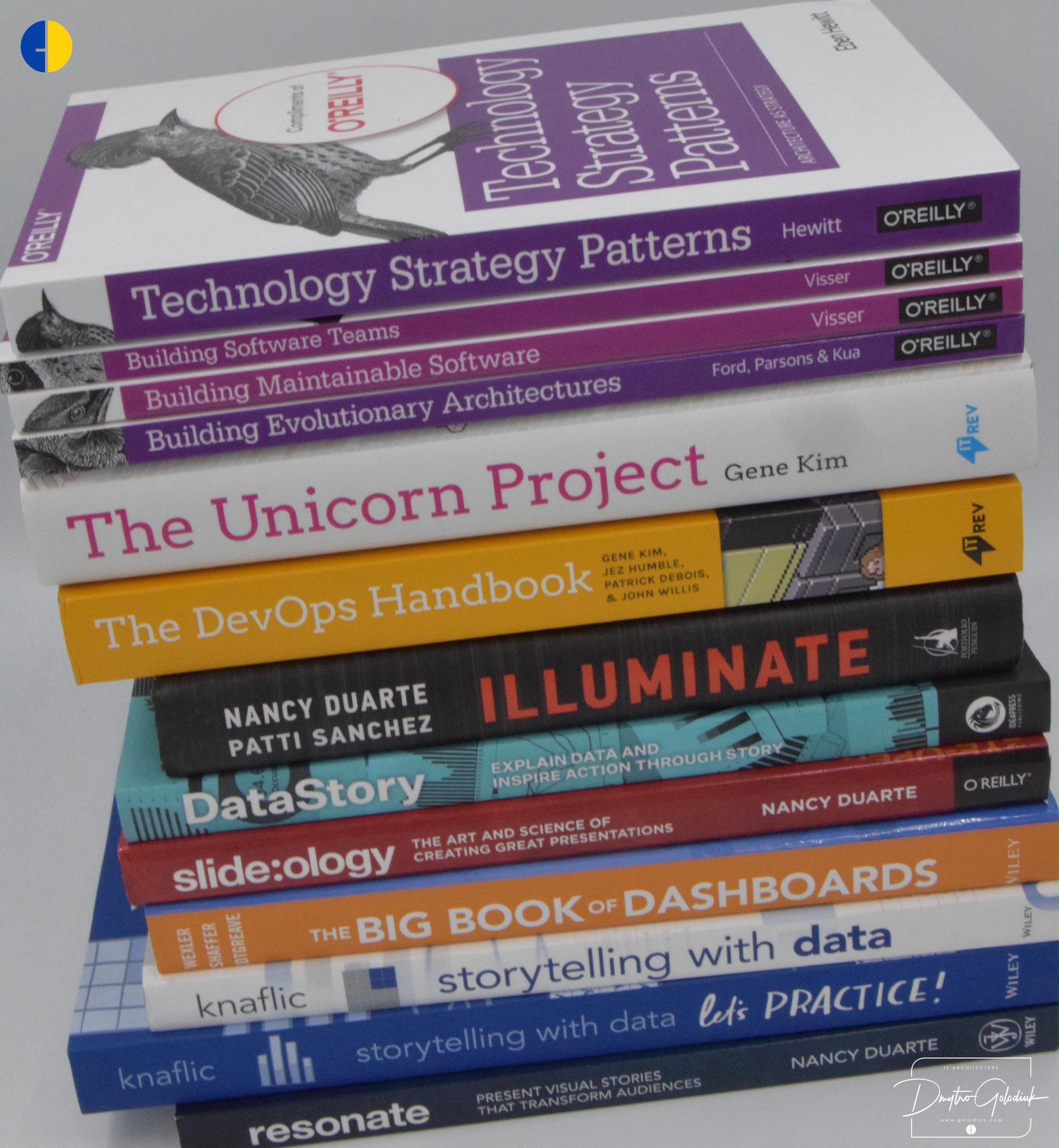
Books Gallery
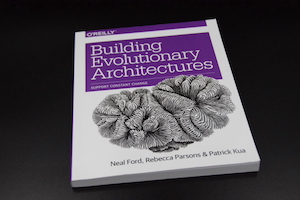
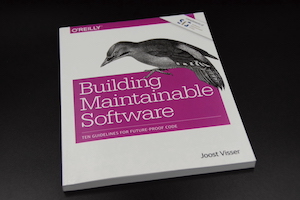
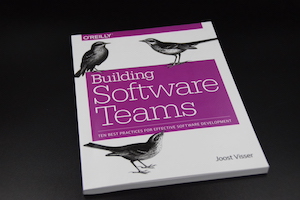
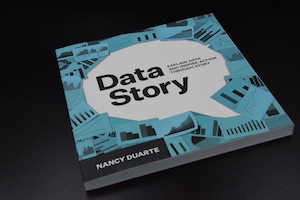
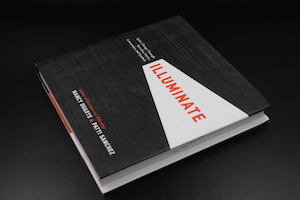
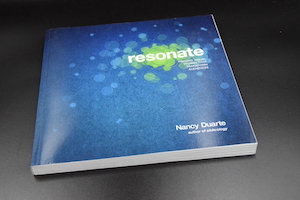
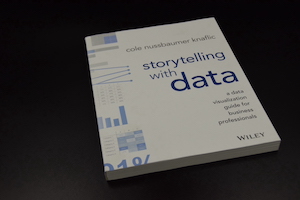
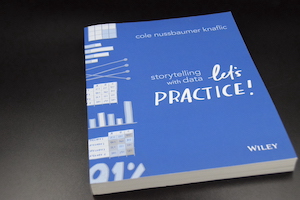
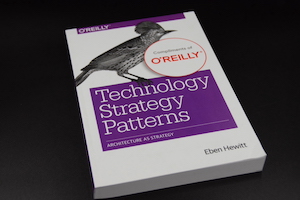
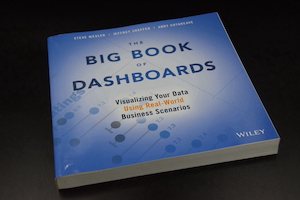
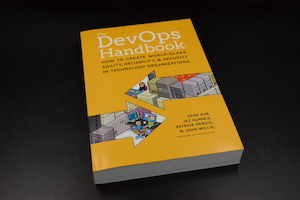
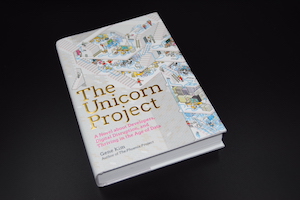
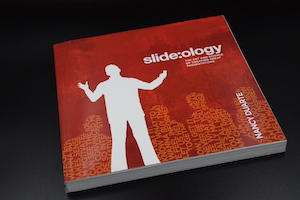
Thank you!





